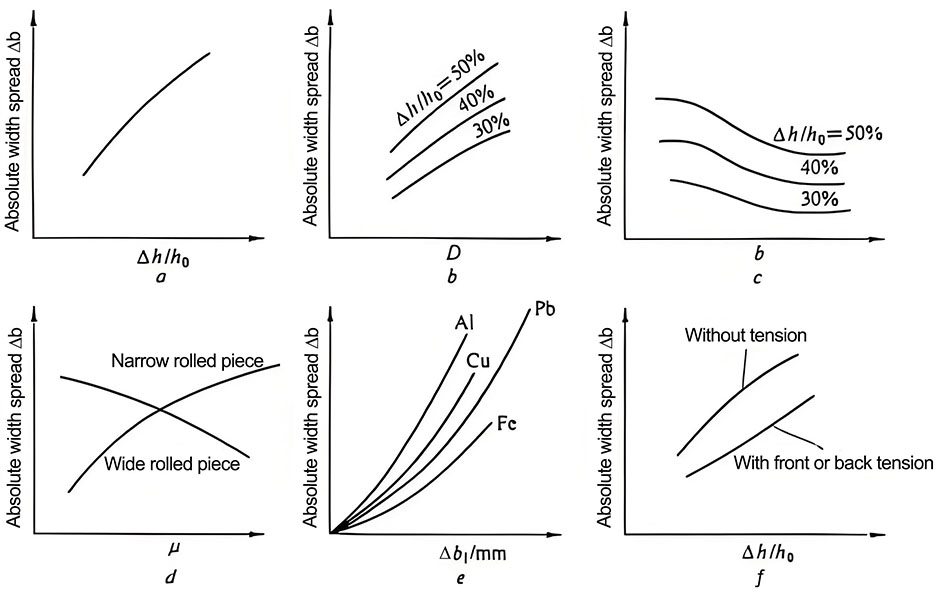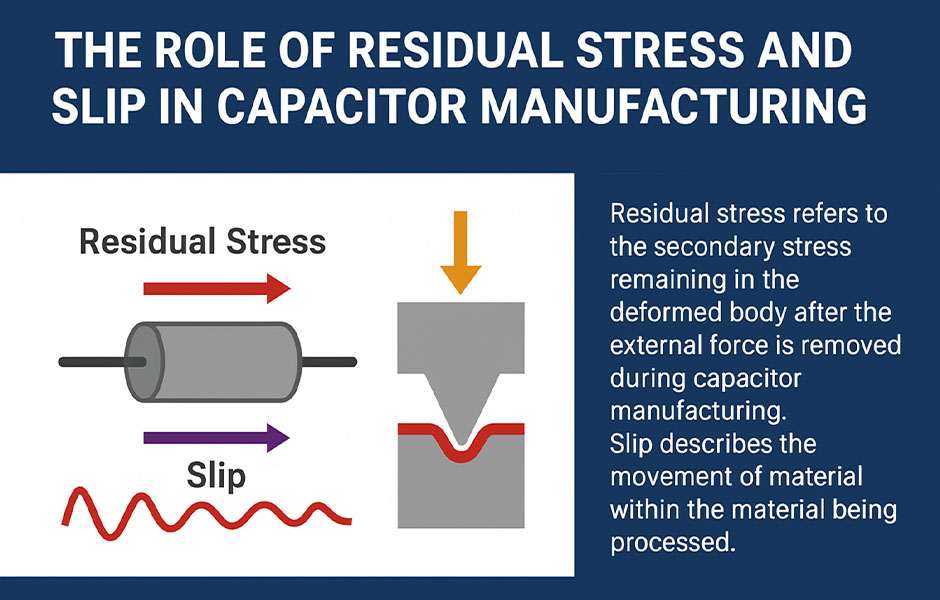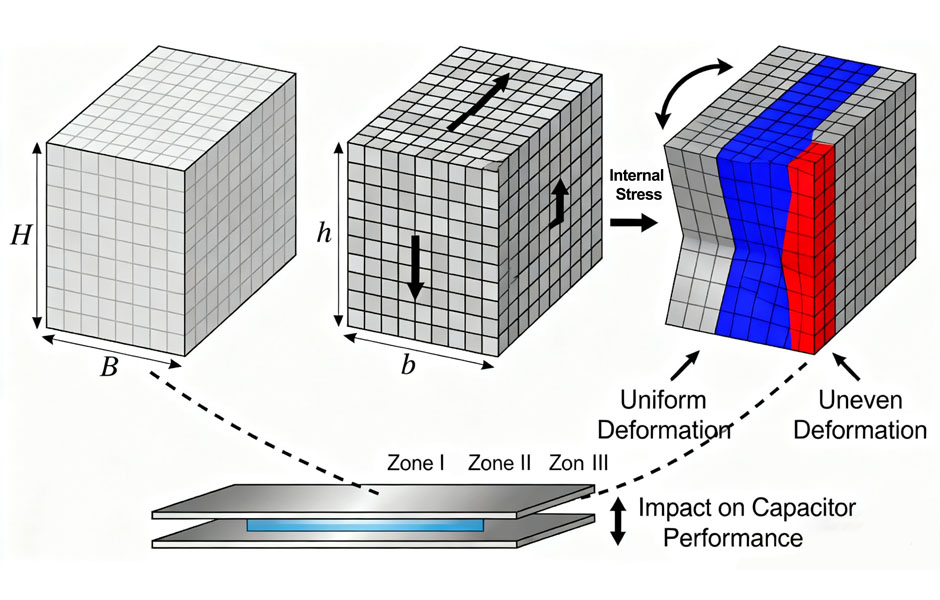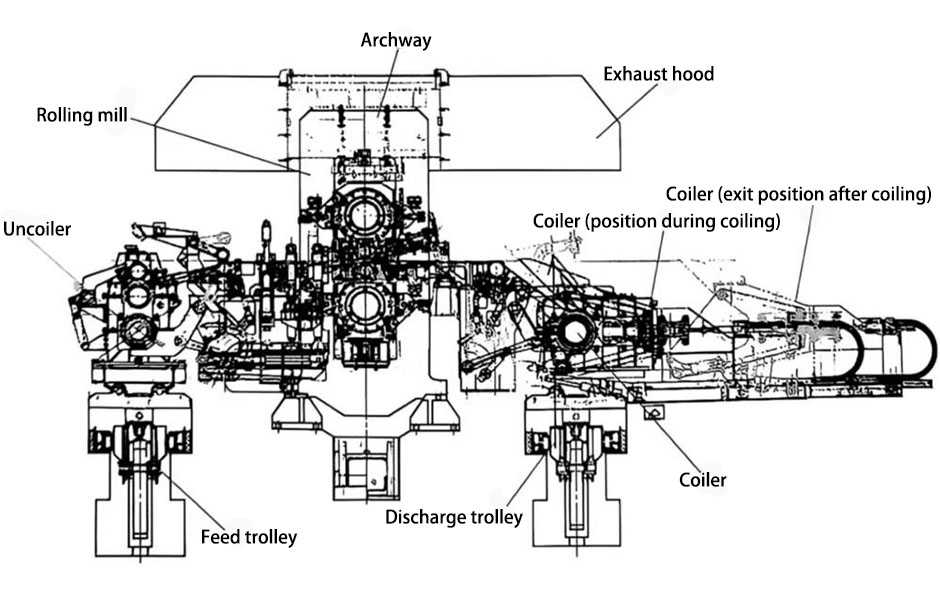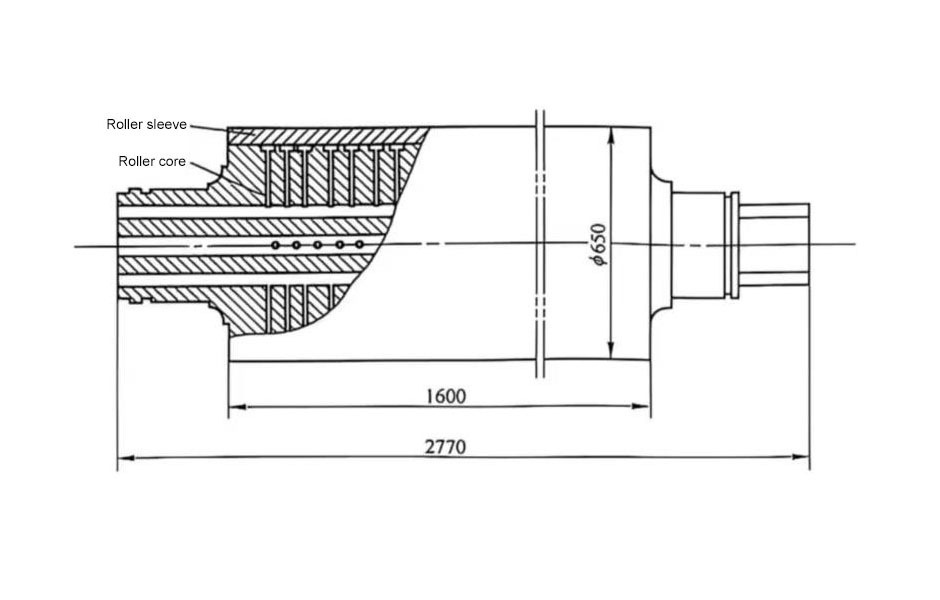In electronic circuits, decoupling capacitor and bypass capacitors both play an anti-interference role. The location of the capacitor is different, and the name is different. For the same circuit, the bypass capacitor takes the high-frequency noise in the input signal as the filtering object to filter out the high-frequency clutter carried by the previous stage, and the decoupling capacitor is also called the decoupling capacitor, which removes the output signal. The interference is the filtering object. Decoupling capacitors are used in the amplifying circuit where no AC is needed to eliminate self-excitation and make the amplifier work stably. From the circuit perspective, there is always a driving power supply and a driven load. If the load capacitance is relatively large, the drive circuit must charge and discharge the capacitance to complete the signal jump. When the rising edge is relatively steep, the current is relatively large, so that the drive current will absorb a large power supply current. The inductance and resistance (especially the inductance on the chip pins will bounce). Compared with normal conditions, this current is actually a kind of noise, which will affect the normal operation of the previous stage. This is coupling.
The decoupling capacitor acts as a battery to meet the change of the drive circuit current and avoid mutual coupling interference.
Both decoupling and bypass can be regarded as filtering. The decoupling capacitor is equivalent to a battery to avoid voltage drop due to sudden changes in current, which is equivalent to filtering ripple. The specific capacitance value can be calculated according to the size of the current, the size of the expected ripple, and the size of the action time. Decoupling capacitors are generally very large, and are basically ineffective for higher frequency noise. Bypass capacitors are designed for high frequencies, that is, using the frequency impedance characteristics of capacitors. The capacitor can generally be regarded as an RLC series model. At a certain frequency, resonance occurs, and the impedance of the capacitor at this time is equal to its ESR. If you look at the frequency impedance curve of the capacitor, you will find that it is generally a V-shaped curve. The specific curve is related to the medium of the capacitor, so when choosing a bypass capacitor, you must also consider the medium of the capacitor. A safer method is to combine several more capacitors.
